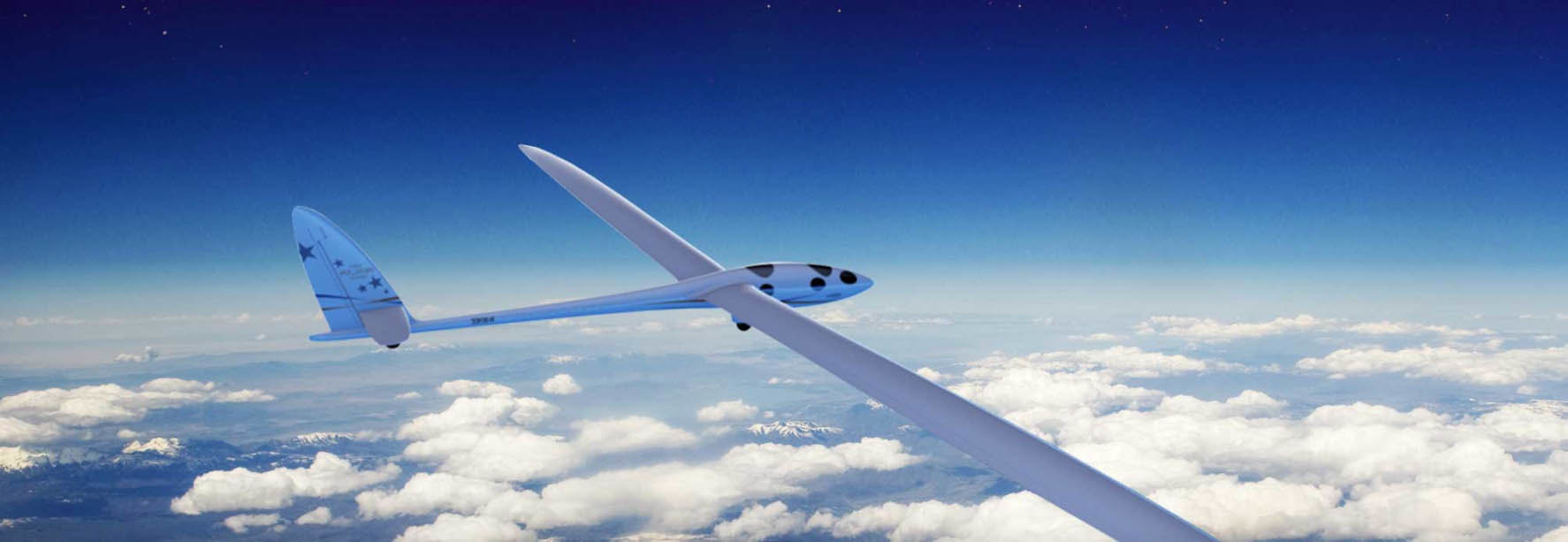|
SEPTEMBER 3, 2017: The Airbus Perlan 2 Glider has set a new world altitude record for a glider today at 53,400 feet (unofficial), breaking the previous altitude record by more than 2500 feet. The crew was Jim Payne and Morgan Sandercock. The aircraft design was conceived by Winward Performance and RDD Enterprises completed the design and construction of the aircraft. The previous record, according to Wikipedia: "On August 29, 2006 Steve Fossett and Einar Enevoldson, the pilots of Perlan Mission I, broke the existing altitude record for gliders by soaring up to 50,671 feet (15,460m) in a standard glider using stratospheric waves of air." "We couldn't be happier for the Perlan team. The entire project has demonstrated their commitment to advancing the science and art of flying at high altitudes using only the power of the atmosphere." –Eric Schmidlin, RDD Enterprises The Perlan 2 first flew two years ago out of the Redmond Roberts Field Municipal Airport. The one year construction project was lead by Eric Schmidlin of RDD Enterprises. “We couldn’t be happier for the Perlan team”, exclaimed Schmidlin. "The entire project has demonstrated their commitment to advancing the science and art of flying at high altitudes using only the power of the atmosphere. The working relationship between Perlan and RDD has been a great model of two organizations working together toward a common goal and we are excited for the new record and continued success for Perlan.”
The Aircraft: The Airbus Perlan 2 is a pressurized sailplane designed to fly at the edge of space where the air density is less than 2% of what it is at sea level. It will carry a crew of two and scientific instruments needed to explore stratospheric mountain waves. The aircraft has a gross weight of 1,800 pounds and a wing span of 84 feet. Its true flight speed at 90,000 will be 350 knots (403 mph). The cabin will be pressurized to 8.5 psi (14,500 feet). The crew will breathe pure oxygen provided by a rebreather system. The Perlan Mission: The Perlan 2 will fly to 90,000 feet at the edge of space to explore the science of giant mountain waves that help create the ozone hole and change global climate models. This will require the engineering of a spacecraft with glider wings that can fly in less than 3% of normal air density and at temperatures of minus 70 degrees C, conditions approximating the surface of Mars. These missions will provide education and inspiration for young people seeking careers of exploration and adventure in engineering and science. Visit the RDD Enterprise Website > Visit the Perlan website for aircraft details >
0 Comments
Leave a Reply. |
LX7 NewsArticles, interviews and news about the new LX7 aircraft and RDD. Archives
July 2023
Categories |


 RSS Feed
RSS Feed

